Hand-brewed coffee beans appear green and bitter taste solutions what coffee beans are not astringent recommended
Whether the coffee is mellow or not may be imperceptible for a while, but the unpleasant feeling of coffee, such as the rough astringency of sand, is clearly noticeable. Therefore, we need to recognize and avoid the occurrence of such things.
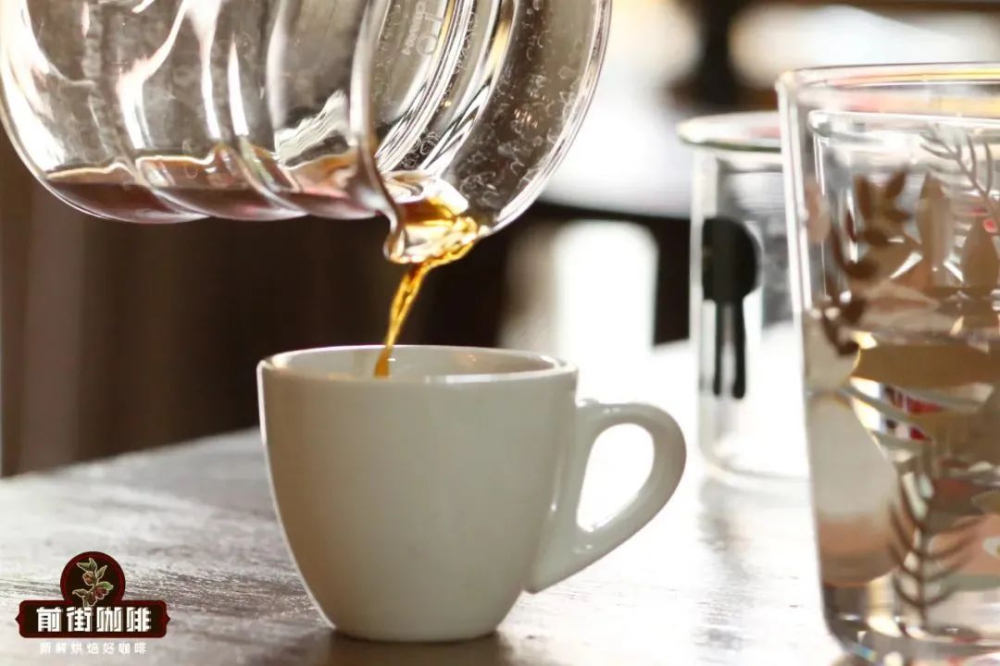
Qianjie has also been popular in previous articles, astringency is not a taste, but a taste. Just like when we eat red grapes (with skin), we feel the astringent taste of the skin, which is a kind of taste. This kind of astringency usually occurs because the polyphenols in food form a rough taste in the mouth. The astringency in coffee mainly comes from the degradation of "chlorogenic acid" in coffee beans into "dicaffeoylquinic acid" after baking, and "tartaric acid" in coffee is also the source of astringency. (it doesn't matter if you don't understand, as long as you know that this material is responsible.)
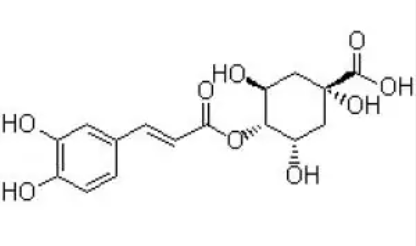
The substance "dicaffeoylquinic acid" must be incorporated into the coffee in the process of extraction, and most cases do not feel astringent because the sweetness of the coffee is masked. When the dicaffeoylquinic acid dissolves too much or the coffee is not sweet enough, the rough feeling of the sand will show. So what may be the problem with the astringency of coffee? Qianjie is going to be divided into three aspects: raw beans, baking and brewing. Coffee beans have a high defect rate, or contain too many unripe beans, which directly leads to the taste of sand and astringency. Coffee fruits in the immature state of chlorogenic acid will account for a large proportion, these beans in roasting, the conversion of "dicaffeoylquinic acid" will be more, which will directly lead to the astringent taste of coffee. This is why many coffee producing areas emphasize the use of all-red coffee beans. However, as consumers, as long as they buy trustworthy brands, they will not encounter problems with raw beans. Because it will be checked by raw bean merchants and bakers, its quality can be guaranteed. And the difference between unripe beans and normal beans after baking is very obvious, the color of unripe beans will be much lighter than normal beans, it is easy to identify. (with the exception of some special treatments)
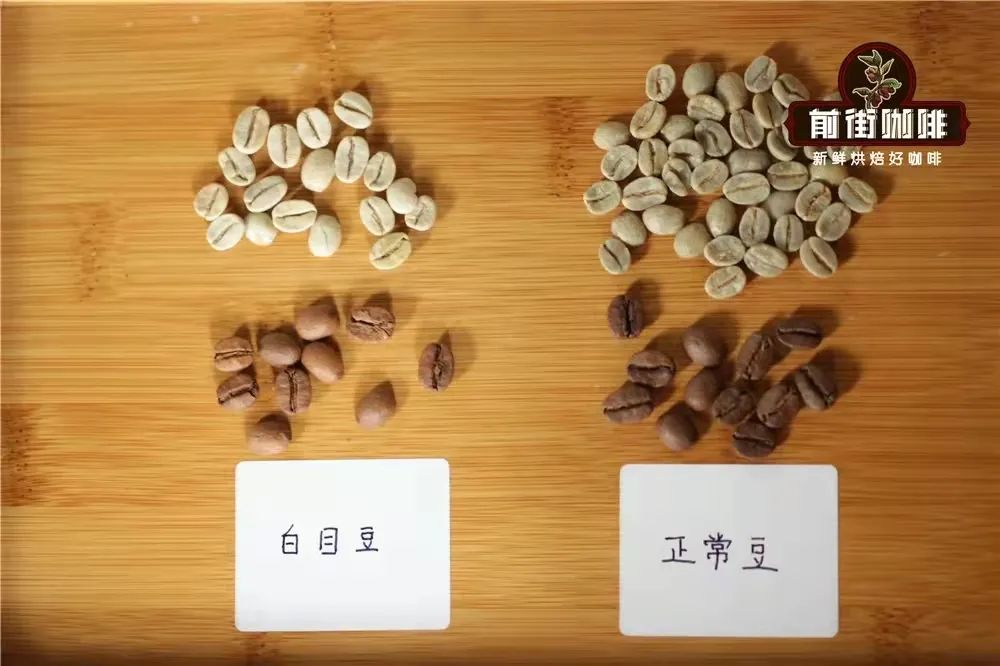
Improper roasting can also cause the bitter taste of coffee. The more common type is the lack of dehydration caused by the short dehydration period, so that the color of the bean surface is different from that of the bean core, that is, the bean core is not ripe. Thus resulting in the emergence of astringency. Basically, this will not happen to sound roasters. Take Qianjie Baking as an example, the production curve used is verified and calibrated repeatedly, the production is carried out in strict accordance with the indicators, and sampling cups are tested for each furnace of coffee beans. basically avoid improper baking in the furnace.
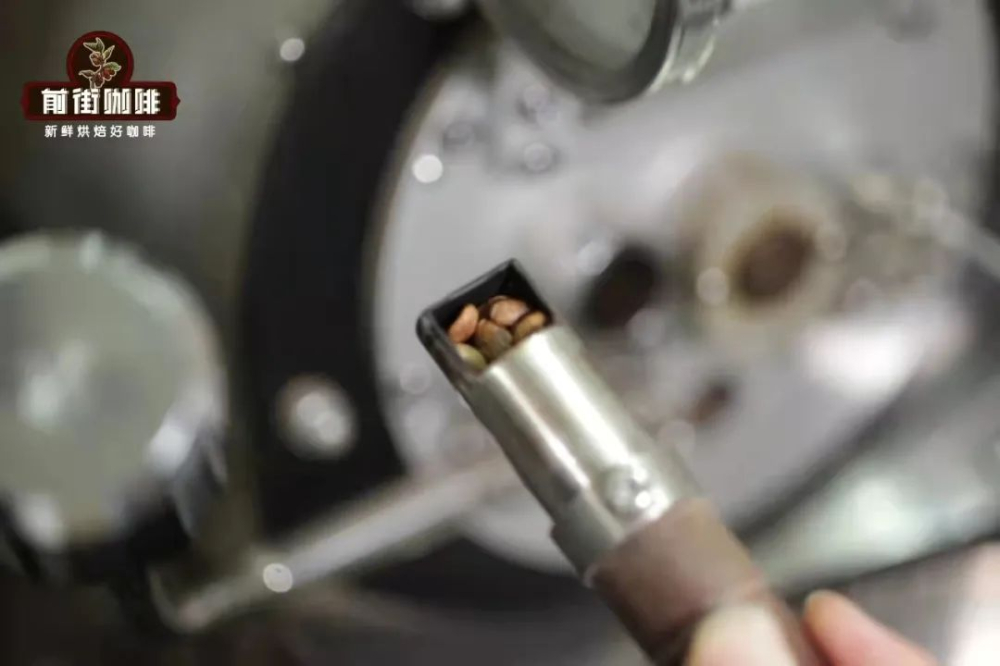
Finally, there is the problem of brewing. Generally speaking, the astringent problem of brewing can be summarized as insufficient extraction and excessive extraction. Insufficient extraction is usually characterized by a green taste, due to the lack of extraction of sweet substances. The specific extraction time can be used as a judgment, and most of the time less than 1 minute and 40 seconds is this reason. The degree of grinding can be properly adjusted.
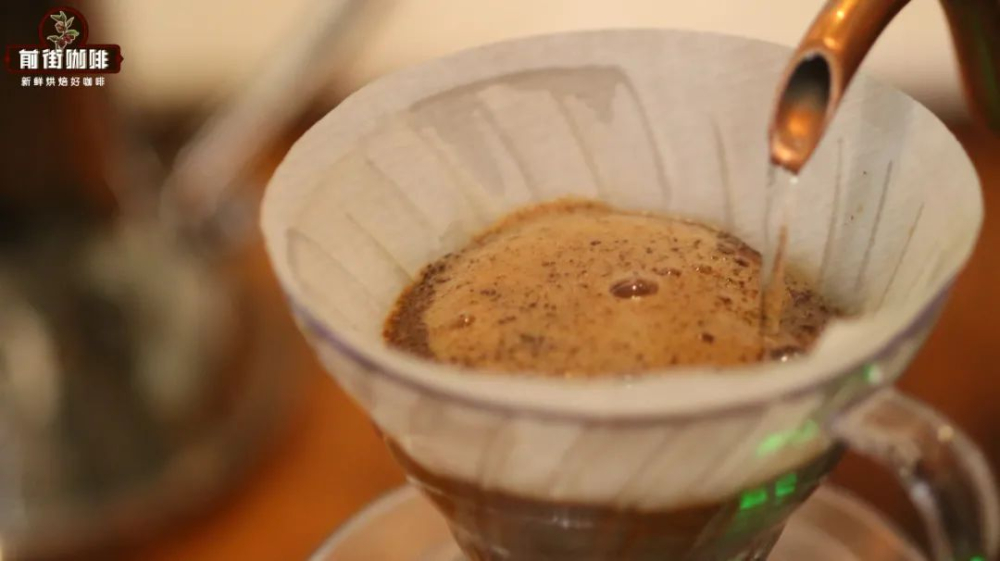
Overextraction is usually characterized by a bitter taste, accompanied by a dry throat. This is caused by excessive extraction of dicaffeoylquinic acid. Similarly, judging by time, if the extraction time is more than 2 minutes and 30 seconds, it may be too fine grinding; if the powder layer is blocked and does not enter the water, it is too much fine powder; if the time is in a reasonable range (about 2 minutes), the water temperature may be too high.
Important Notice :
前街咖啡 FrontStreet Coffee has moved to new addredd:
FrontStreet Coffee Address: 315,Donghua East Road,GuangZhou
Tel:020 38364473
- Prev

Espresso Machine Cleaning Backflush Steps Process Semi-automatic espresso machine maintenance tutorial
If the machine is not maintained, it is easy to break down. The same is true for coffee machines. If one day you notice that the coffee tastes wrong or that the extraction condition is wrong, there may be a big problem with the coffee machine. Therefore, we usually have to do a good job of cleaning to avoid these problems. This is divided into daily cleaning and
- Next

What is the effect of the thickness of powder wall on the flavor of coffee?
A few days ago, a coffee friend came to the store to communicate. Through communication, he learned that the rush method he learned is roughly the same as that of Qianjie, but there are also differences, which boil down to the size of the circle. Qianjie will try to get close to the edge of the filter cup but not break through the powder wall when injecting water around the circle, while that friend is circling a circle the size of a coin.
Related
- Beginners will see the "Coffee pull flower" guide!
- What is the difference between ice blog purified milk and ordinary milk coffee?
- Why is the Philippines the largest producer of crops in Liberia?
- For coffee extraction, should the fine powder be retained?
- How does extracted espresso fill pressed powder? How much strength does it take to press the powder?
- How to make jasmine cold extract coffee? Is the jasmine + latte good?
- Will this little toy really make the coffee taste better? How does Lily Drip affect coffee extraction?
- Will the action of slapping the filter cup also affect coffee extraction?
- What's the difference between powder-to-water ratio and powder-to-liquid ratio?
- What is the Ethiopian local species? What does it have to do with Heirloom native species?

